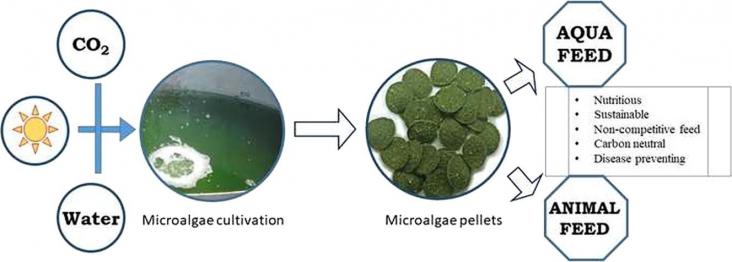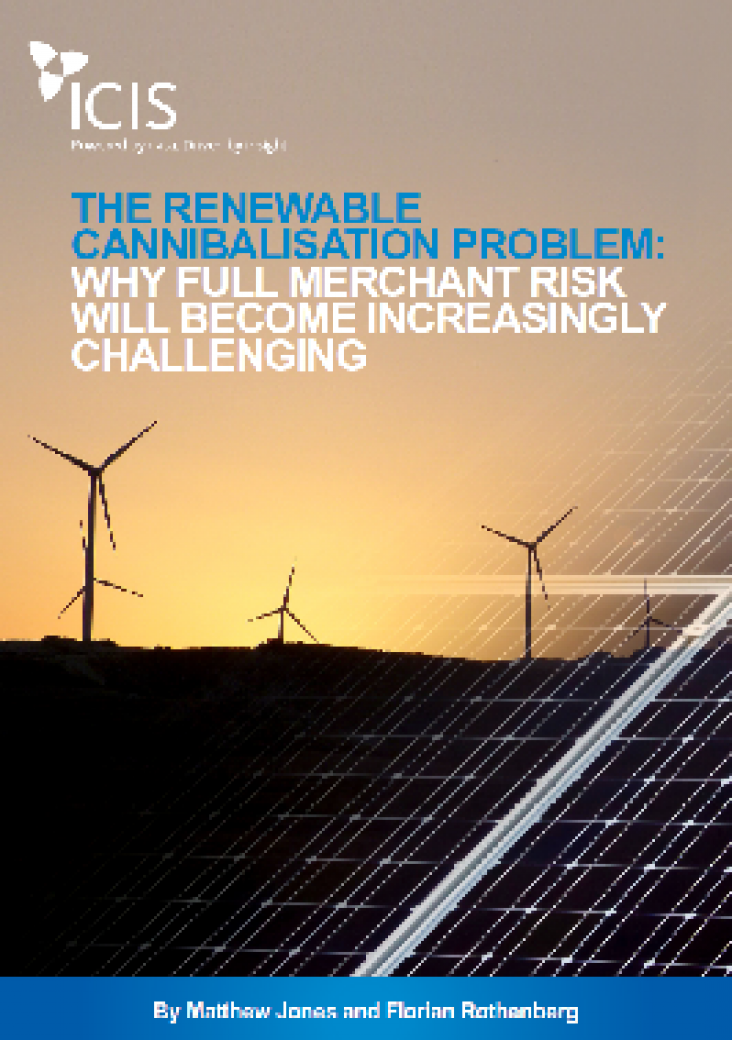This case study uses survey and satellite data to help better protect those working in agriculture in Kenya and Tanzania against drought and climate change, helping to advance SDG 2 and 13.
This book chapter advances SDGs 13 and 7 by introducing the role of project finance in a renewable energy infrastructure.
This book chapter advances SDGs 13 and 7 by explaining the basics of power markets as well as the future of energy markets.

Aquaculture and animal rearing for meat has increased exceedingly to meet the demands of ever-increasing population.
This book chapter advances SDGs 15 and 13 by discussing the impact of deforestation, rising temperatures, drought, fire and other ecological disturbances and the reduction of forest cover on much of the earth, compromising the ability of forests to supply important ecosystem services.
The two-dimensional (2D) ultrathin Mg-Al layered double hydroxide modified by magnetic Fe3O4 (Fe3O4/Mg-Al LDH) was successfully synthesized via the co-precipitation method.

The question of how to enable an effective, modern, global energy transition is garnering significant interest in both academic and policy making communities.

This white paper examines whether ambitious renewable targets and private sector financing is compatible in Europe over the next decade. It directly relates to SDG 7 - affordable and clean energy, and SDG 13 - climate action.
This book chapter addresses goals 7, 12, 13 and 14 by describing the fundamental issues of microalgae and their cultivation as a biofuel and alternative food source.
Elsevier,
Bapon (SHM) Fakhruddin, Kate Boylan, Alec Wild, Rebekah Robertson, Chapter 12 - Assessing vulnerability and risk of climate change, Editor(s): Jana Sillmann, Sebastian Sippel, Simone Russo, Climate Extremes and Their Implications for Impact and Risk Assessment, Elsevier, 2020, Pages 217-241, 9780128148952
This book chapter advances SDG 13 by providing assessments of vulnerability and risk of extreme weather or climate events are essential in order to inform and implement appropriate prevention, adaptation, and mitigation strategies.
